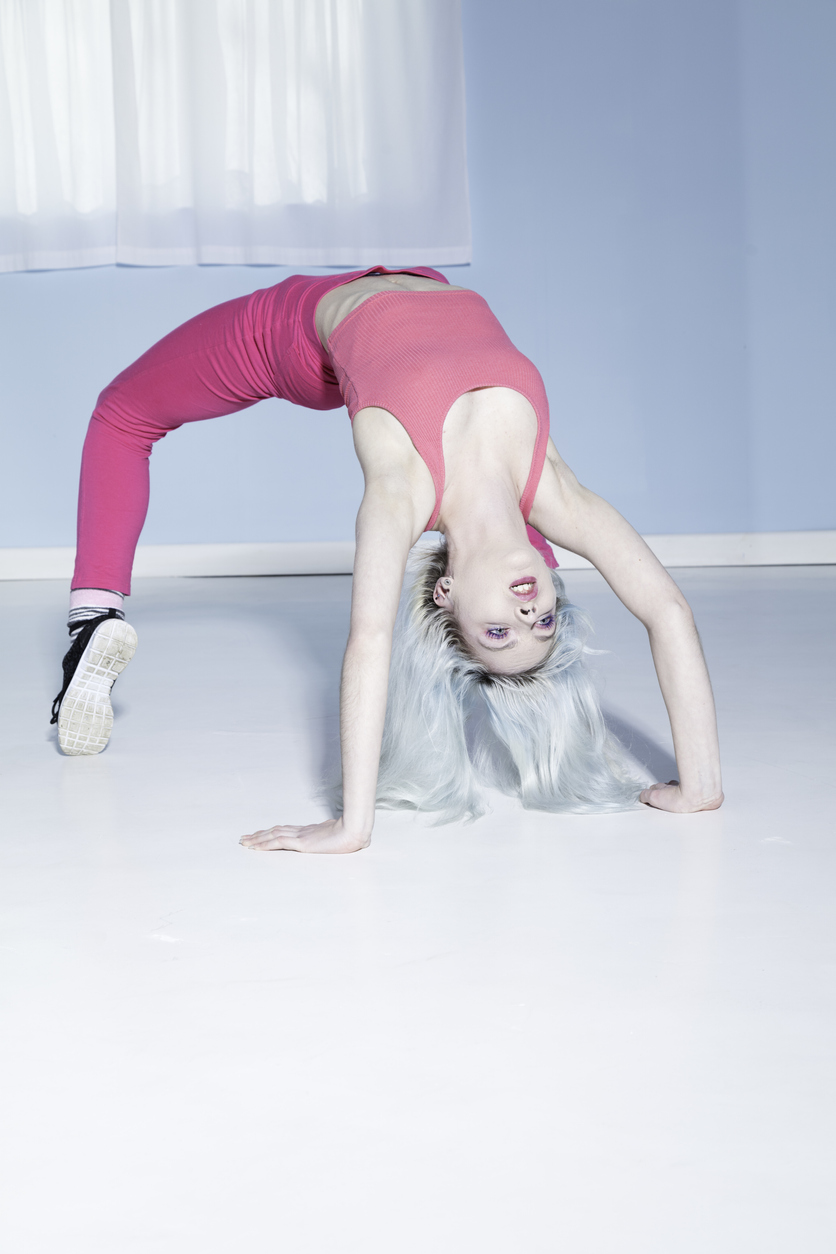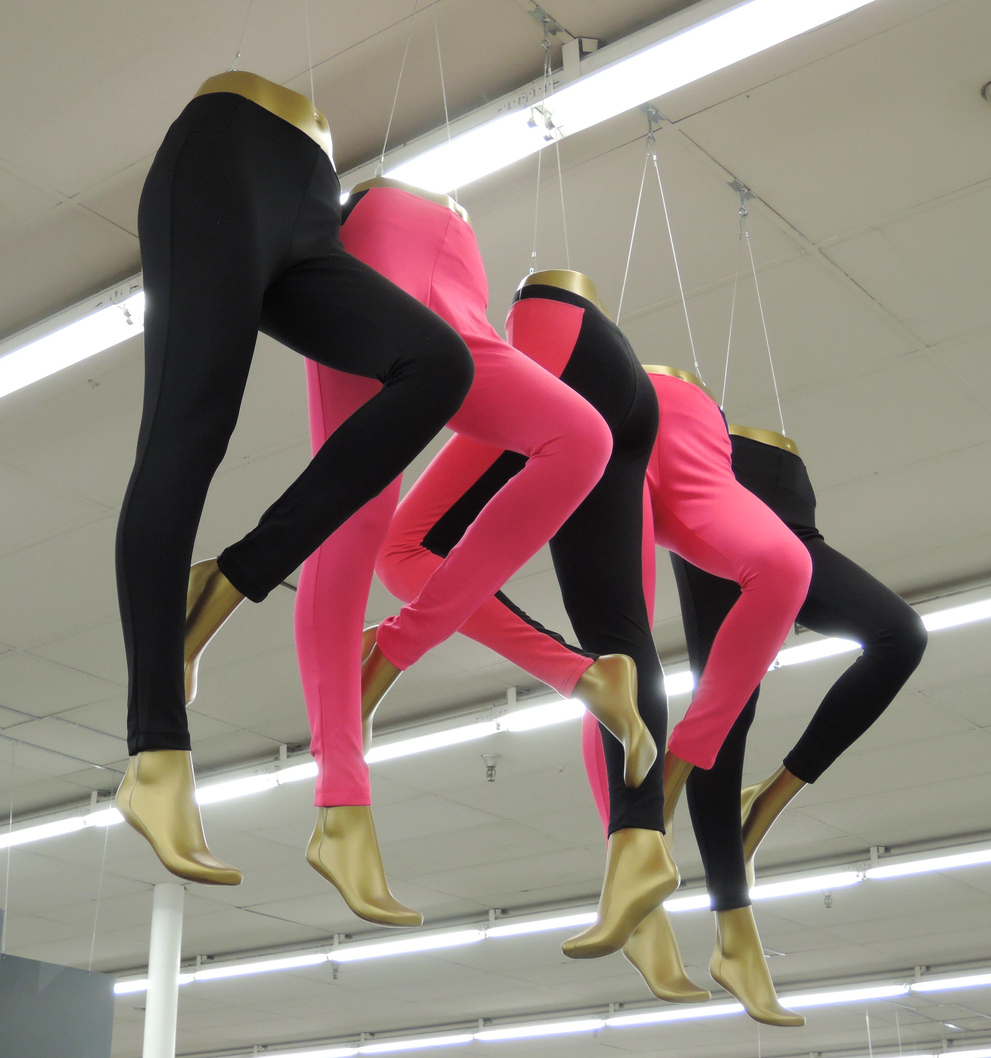As children and teens enter their first dance classes, many parents wonder where to buy their dancewear. Although the answer to this question is fairly simple, it is important to understand why you should look for the right type of store. You need to buy quality pieces that offer the form, style, functioning and support necessary for each type of dance.
Why Buying Quality Counts
Buying quality apparel counts in the dance world because attire is designed to support the specific type of dance. For example, leotards are constructed to streamline the form, accentuate movements and provide durability and comfort for freedom of movement. Quality pointe shoes are critical for proper support and alignment of the feet during the potentially dangerous movements associated with this type of dance.
The problem for parents new to the dance world is the proliferation of low-cost, low-quality dance apparel on the market today. You can certainly find cheaper wear online or in major retailers. But you are more often than not sacrificing quality, form and function in the name of “fast fashion.”
Buying cheaper or off-label dance apparel can compromise the dancer’s ability to carry out their craft and execute properly. They can also feel uncomfortable during their movements, leading to poor form. Equally as important is durability, something the quickly stretched, faded and torn materials of many retailers’ offerings cannot offer.
Below, we look at the types of dancewear to understand the need for specialized stores that sell these products.

Types of Dance Apparel
The most widely used types of dance apparel include:
- Ballet shoes
- Pointe shoes
- Tap shoes
- Tights
- Legwarmers
- Leotards
- Unitards
- Tutus
Ballet shoes must be soft, lightweight and a specific colour of pink or black for students of traditional dance schools. These shoes are a critical part of a trainee dancer’s wardrobe until they mature into en pointe dance on the tips of their toes.
Pointe shoes are very different from soft ballet shoes. Dancing en pointe requires great strength and skill, but also shoes with a very specific structure and fit.
Tap shoes feature small metal plates on their soles at the heels and toes. But these shoes also take on a specific design aesthetic, typically in black leather or vinyl for a trainee tap dancer.
Tights, legwarmers and leotards are everyday basics of a training dancer. Tights are made of thin, opaque, stretchy material that accentuates the physical form and provides freedom of movement. Tights are typically made of cotton, nylon, lycra or a combination of these materials.
Legwarmers are wool or cotton-based, footless socks worn over tights to keep calf muscles warm and to help avoid injury. Leotards are stretchy like tights but worn over the upper body and on top of the legwear. Most leotards for young students feature a specific cut of a wide neckline and short or long sleeves.
Unitards are a combination of leotards and tights, covering the legs and trunk. They can feature various shoulder and arm designs, such as single-sleeved, short-sleeved, long-sleeved or sleeveless.
Tutus are layered tulle skirts worn during stage performances by ballerinas. There are multiple styles and designs, include the pancake tutu that requires great care to maintain shape. For ballet students and stage performers, tutus must typically meet very specific guidelines as available through designated retailers.
What store sells dance apparel?
All of the above dance apparel is sold in a local dance specialty store in your community, such as Body Things Dancewear. Before buying your child or teen’s apparel, it is important to talk to their dance school or teacher about accepted styles. Each school has its own requirements for uniformity among all students, such as those according to the centuries-old standards of traditional dance.
